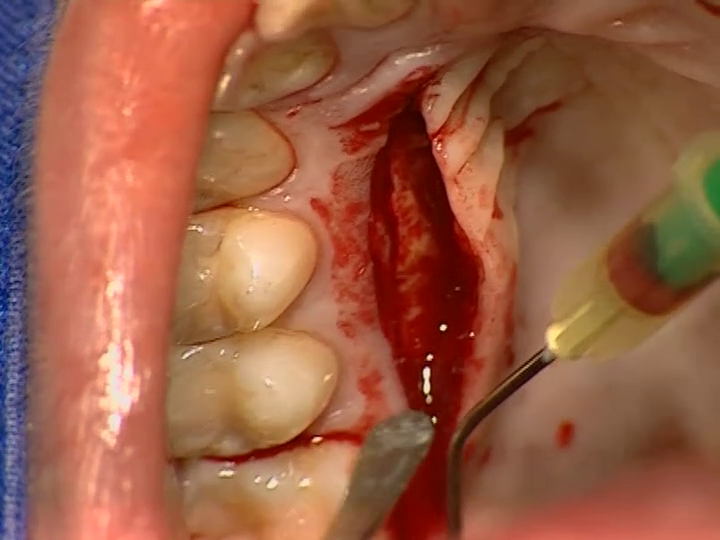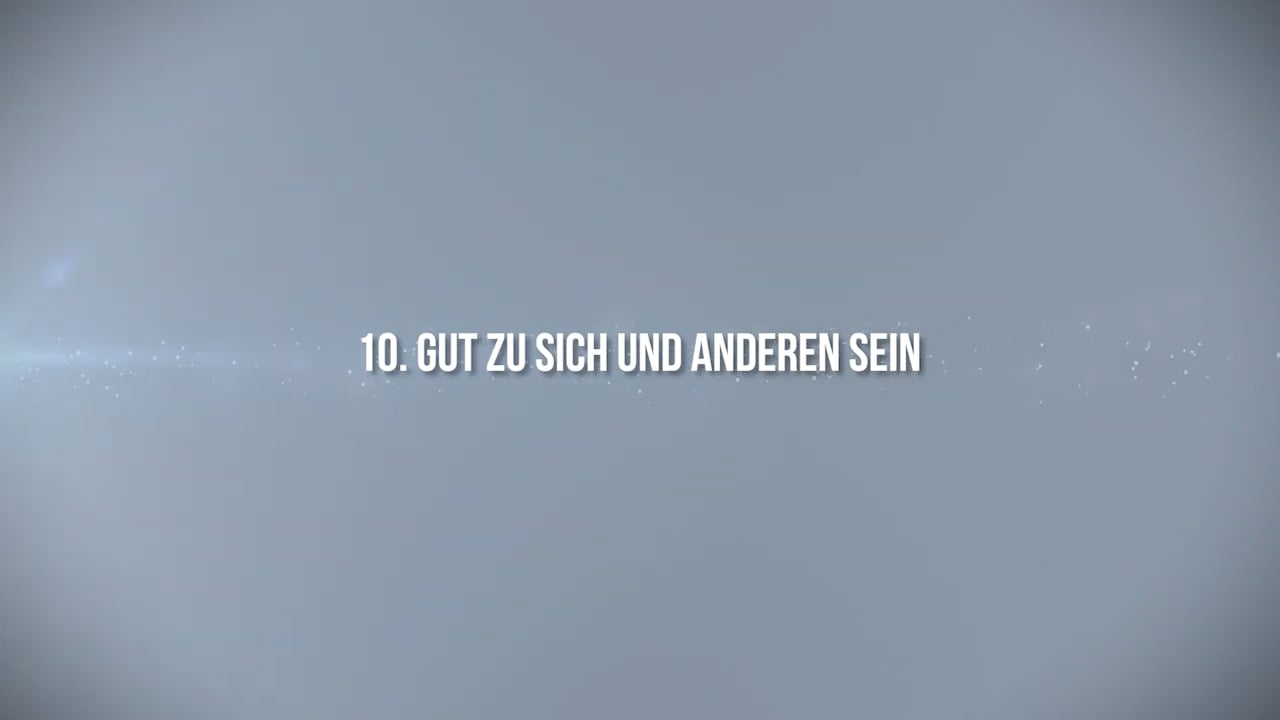Robert E. Marx
Bisphosphate-induced osteonecrosis of the jaws (BIONJ)
Category: Surgery
Language(s): English
Publication year: 2009
Video source: 60 Jahre Quintessenz
Content
Despite the denials from the major drug companies
involved and their effort to corrupt several professional
organizations and individuals by distributing large
money grants, Bisphosphonate Induced Osteonecrosis
of the Jaws (BIONJ) is a very real world wide epidemic
with over 10,000 reported cases and over 776 published
scientific articles in just the past five years alone.
Although both intravenous bisphosphonates and oral
bisphosphonates cause BIONJ, the IV drugs cause a
more severe form, sooner, and one that is more resistant
to prevention and treatment. Many cases of intravenous
BIONJ can be prevented by preventative dental
care aimed at arresting periodontal inflammation and
stabilizing dental health to avoid extractions which are
the two most common dental risk factors.1
Intravenous BIONJ is usually treated with 0.12%
chlorhexidine oral rinses and courses of antibiotics to
control infections and therefore pain, but leaving residual
exposed bone.2, 3 However, some cases refractory
to this regimen require jaw resection to cure the
BIONJ.3 Oral BIONJ is mostly caused by Alendronate
(Fosamax Merck Co.) because this formulation is twice
the dose of its equal potent competitors, Residronate
(Actonel Procter and Gamble) and Ibandronate
(Boniva Roche Laboratories). In addition to prevention
schemes to arrest periodontal inflammation and avoid
extractions, dentist and oral surgeons can use the
serum C-terminal telopeptide test (CTX ) to monitor
the bone suppression affect of bisphosphonates. A
stratification of risk for BIONJ when an oral surgery
procedure into the alveolar bone is planned has been
advanced as a CTX 100 pg/ml relates a high risk, 100
to 149 pg/ml relates a moderate risk and > 150 pg/ml
relates little or no risk.4 The CTX test has been widely
used and is the most accurate and least variable of all
bone suppression markers.5 Its utility is extended into
treating oral BIONJ by using a bisphosphonate drug
holiday until the CTX value rises to over 150 pg/ml.4
At this value, elective oral surgery procedures such as
extractions and dental implants can be accomplished
with the least risk of BIONJ and in cases of exposed
bone, the necrotic bone can be debrided with the
expectation of healing.
References:
- Marx RE ed. Oral and Intravenous Bisphosphonate-
Induced Osteonecrosis of the Jaws. History, Etiology,
Prevention, and Treatment. Quintessence Publ
Hanover Park, ILL 2006, pp 77-95
- Ruggerio SL, Mekrota B, Rosenberg TJ, Engroff S.
Osteonecrosis of the jaws associated with the use of
bisphosphonates: A review of 63 cases. J Oral
Maxillofac Surg 2004, 62:527-534
- Marx RE, Sawatari Y, Fortin M, Broumand V.
Bisphosphonate induced exposed bone (osteonecrosis/
osteopetrosis) of the jaws: Risk factors, recognition,
prevention and treatment. J Oral Maxillofac
Surg 2005; 63:1567-75
- Marx RE, Cillo JE, Ulloa JJ. Oral Bisphosphonate
Induced Osteonecrosis: Risk Factors, Prediction of
Risk Using Serum CTX Testing, Prevention, and
Treatment. J Oral Maxillofac Surg 2007;
65:2397-2410
- Rosen HN, Moses AC, Garber J, Ross DS, Lee SL,
Greenspan SL. Utility of biochemical markers of bone
turnover in the follow up of patients treated with
bisphosphonates. Calcif Tissue Int 1998, 63:363-368





